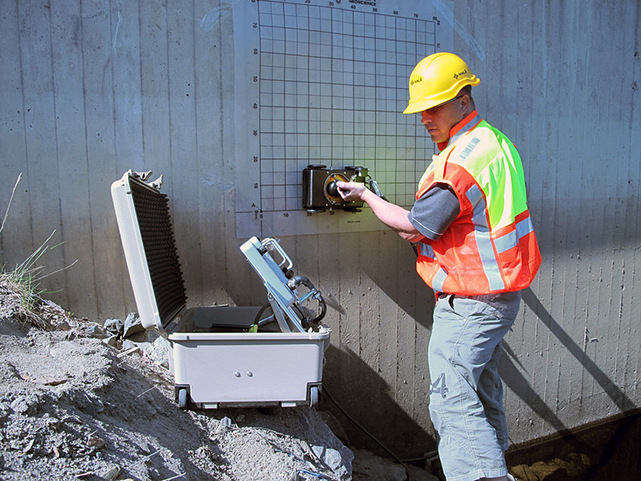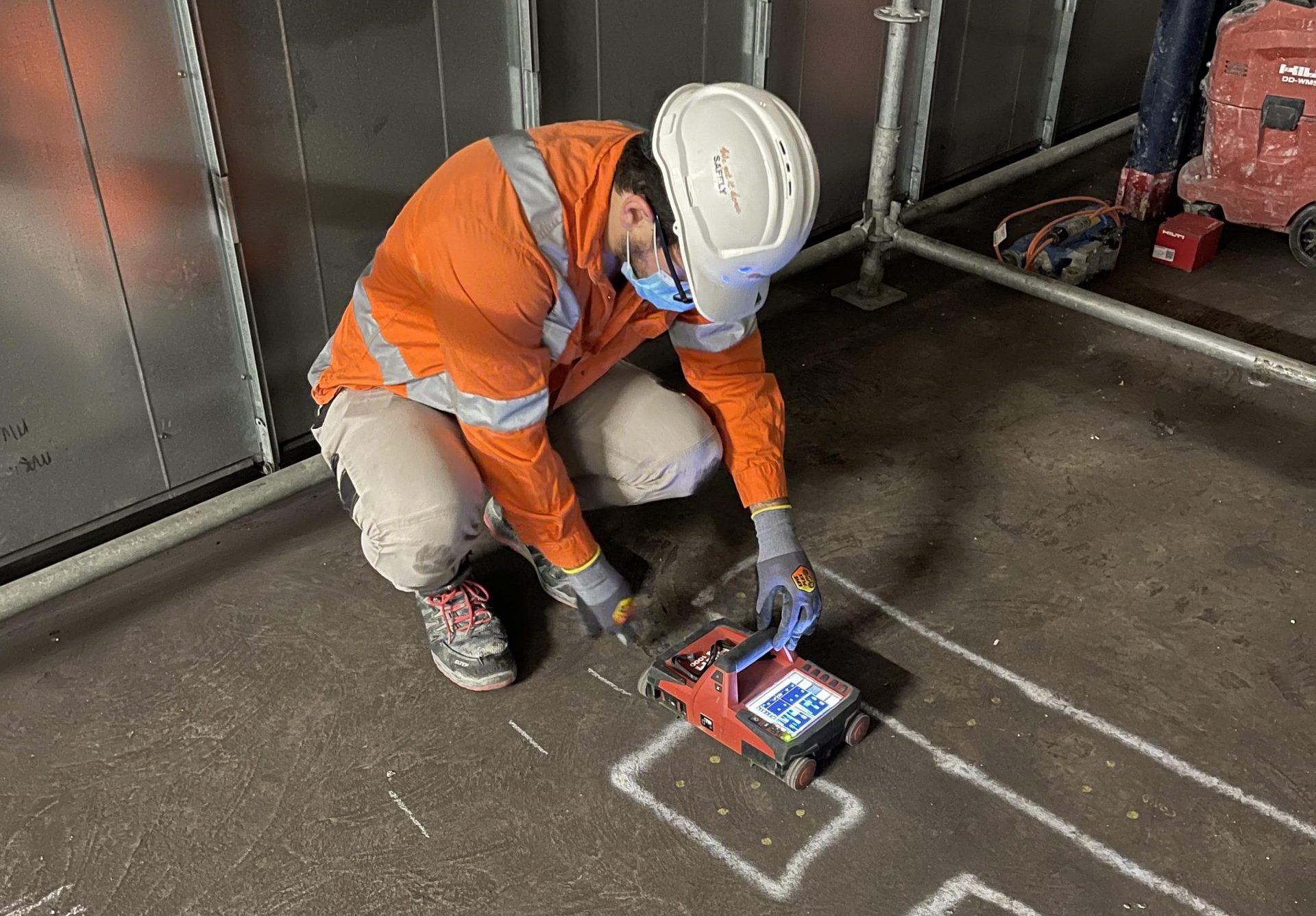Unveil the Transformative Power of Concrete Scanning in Making The Most Of Performance and Security
Concrete scanning has actually become an important device in the building and construction industry, using unrivaled advantages in improving project efficiency and ensuring safety criteria. By utilizing innovative technology, concrete scanning enables experts to see beyond the surface area, revealing covert complexities that could influence the structural honesty of a building. The transformative power of concrete scanning hinges on its capability to provide real-time information and thorough understandings, revolutionizing exactly how tasks are intended and carried out. As we dive into the ins and outs of this cutting-edge method, a globe of possibilities opens up, showcasing a brand-new era of building techniques that focus on precision and security.
Significance of Concrete Scanning
Making sure the structural stability and security of building tasks starts with the essential step of carrying out detailed concrete scanning. Concrete scanning is a non-destructive technique made use of to detect and map subsurface aspects within concrete structures. This procedure is vital in recognizing potential dangers, such as rebar, post-tension wires, and conduits, that may be hidden within the concrete. By utilizing sophisticated technologies like ground-penetrating radar (GPR) and electro-magnetic induction, building teams can accurately locate these aspects without creating any kind of damage to the structure.
The significance of concrete scanning can not be overemphasized, as it plays a crucial role in protecting against mishaps, minimizing task delays, and ensuring the long-lasting durability of the construction. By recognizing potential dangers before the construction stage begins, building contractors can implement appropriate precaution and make informed decisions relating to the design and execution of the project. Additionally, concrete scanning helps in enhancing project timelines and budget by preventing unforeseen prices and hold-ups that might develop as a result of unexpected blockages within the concrete. Ultimately, buying comprehensive concrete scanning is an aggressive method that improves both efficiency and safety in building jobs.
Exactly How Concrete Scanning Functions
Concrete scanning runs as a critical device in construction tasks by employing innovative innovations to detect and map subsurface aspects without causing structural damage. Ground Passing Through Radar (GPR) and Electromagnetic Induction (EMI) are 2 main approaches utilized in concrete scanning.
Throughout the scanning process, the data accumulated is examined in real-time, permitting instant recognition of prospective hazards or challenges beneath the surface area. This details help in decision-making, making sure that building activities proceed safely and efficiently. Additionally, 3D imaging software application can be made use of to create topographic maps of the subsurface aspects, even more enhancing task planning and implementation. By using these sophisticated technologies, concrete scanning considerably reduces the risk of expensive damages and injuries on building and construction websites.
Advantages of Concrete Scanning
One of the key advantages of concrete scanning is the ability to identify and find ingrained items such as rebar, post-tension cables, and channels accurately. Concrete scanning aids in planning and creating more effectively, as it supplies accurate information about the location and deepness of architectural elements.

Study: Concrete Scanning Success

In another case, a building firm utilized 3D concrete scanning to examine the problem of aging concrete frameworks in a historical building. The thorough scans given important understandings right into the level of wear and tear and aided focus on maintenance initiatives properly. By proactively dealing with locations of concern identified via scanning, the firm was able to prolong the lifespan of the structure and ensure owner security.
These instance studies emphasize the transformative power of concrete scanning in improving performance, precision, and safety in building jobs.
Implementing Concrete Scanning in Projects
Implementing sophisticated scanning technologies during building projects has actually come to be significantly necessary for improving accuracy and safety. By integrating concrete scanning into job preparation and execution, construction groups can recognize possible dangers, such as rebar or post-tension cords, concealed within concrete structures. This proactive method minimizes the risk of crashes, hold-ups, and expensive rework, eventually resulting in much more efficient project timelines and budgets.
To implement concrete scanning properly, task supervisors must work together closely with Bonuses experienced scanning specialists to determine one of the most ideal scanning strategies for the details task needs. Involving scanning specialists from the onset of a job allows the team to create detailed scanning plans that deal with crucial locations of problem and guarantee extensive data collection.
Moreover, including concrete scanning into normal project operations can improve decision-making procedures, as real-time scan information provides prompt insights right into the condition of concrete frameworks - Concrete Scanning. This data-driven technique helps with informed analytic and enables groups to make modifications without delay, fostering a culture of performance and safety and security throughout the job lifecycle

Conclusion
To conclude, concrete scanning plays an essential role in enhancing effectiveness and safety in building tasks. By utilizing sophisticated modern technology to map and discover out underlying frameworks within concrete, this procedure helps to stop pricey errors, make certain structural honesty, and lessen dangers on website. With the ability to uncover surprise aspects and give exact information, concrete scanning proves to be an important visit the website tool for enhancing job results and taking full advantage of total success.
Concrete scanning is a non-destructive approach made use of to identify and map subsurface elements within concrete frameworks. In addition, concrete scanning helps in enhancing project timelines and budget plan by avoiding unforeseen prices and delays that might occur due to unforeseen blockages within the concrete. One noteworthy situation research includes a large remodelling job where concrete scanning played an important function in guaranteeing task success.In you could try here another instance, a construction firm utilized 3D concrete scanning to examine the problem of maturing concrete frameworks in a historical structure. By integrating concrete scanning into job planning and implementation, building and construction groups can identify possible dangers, such as rebar or post-tension cords, hidden within concrete frameworks.
Comments on “Professional Tips for Optimal Concrete Scanning Results”